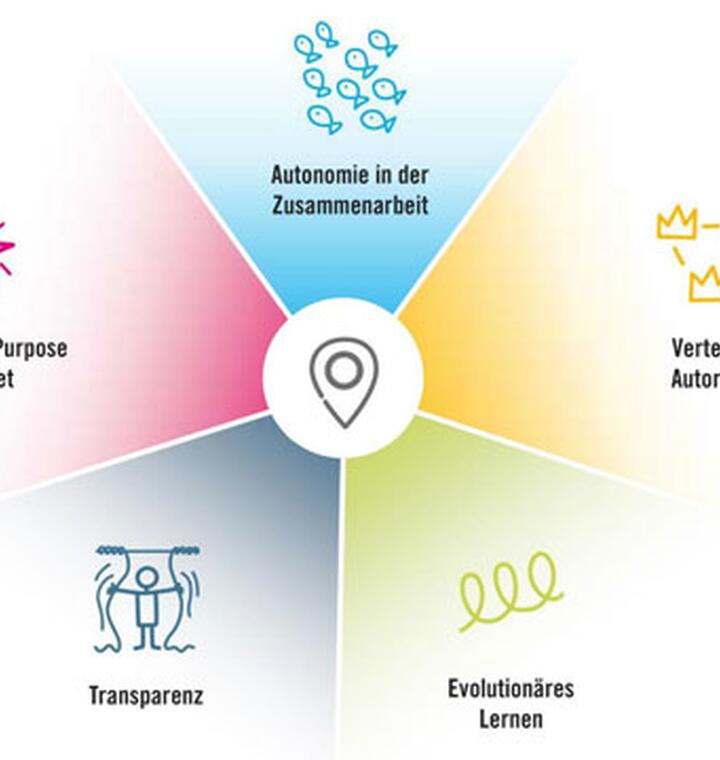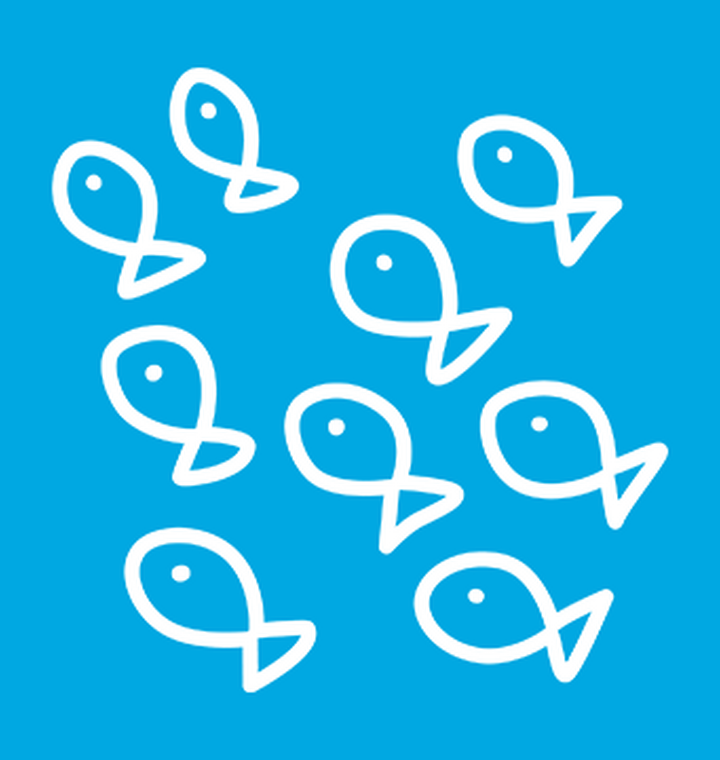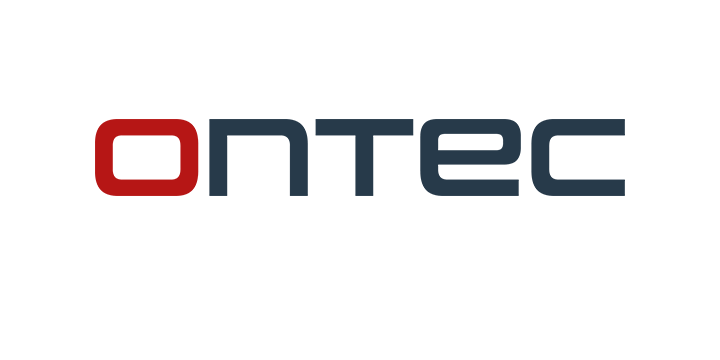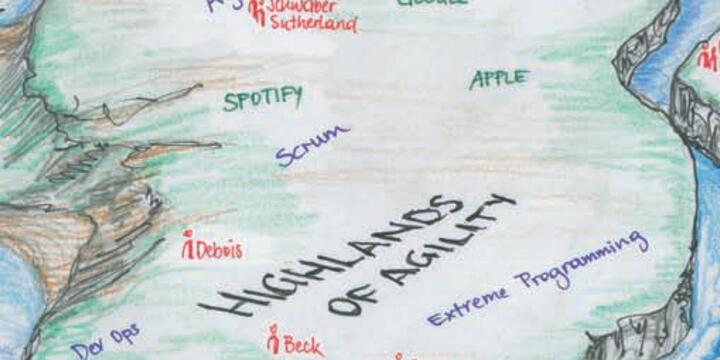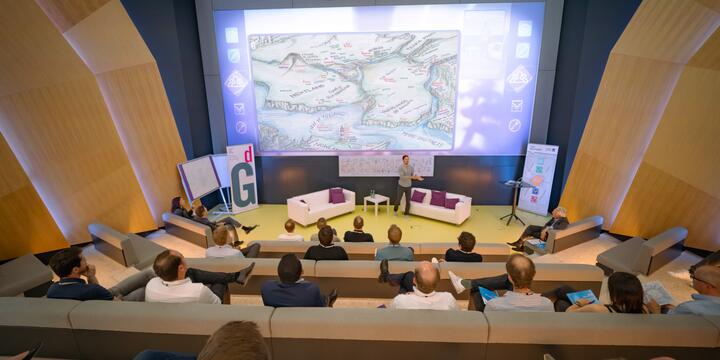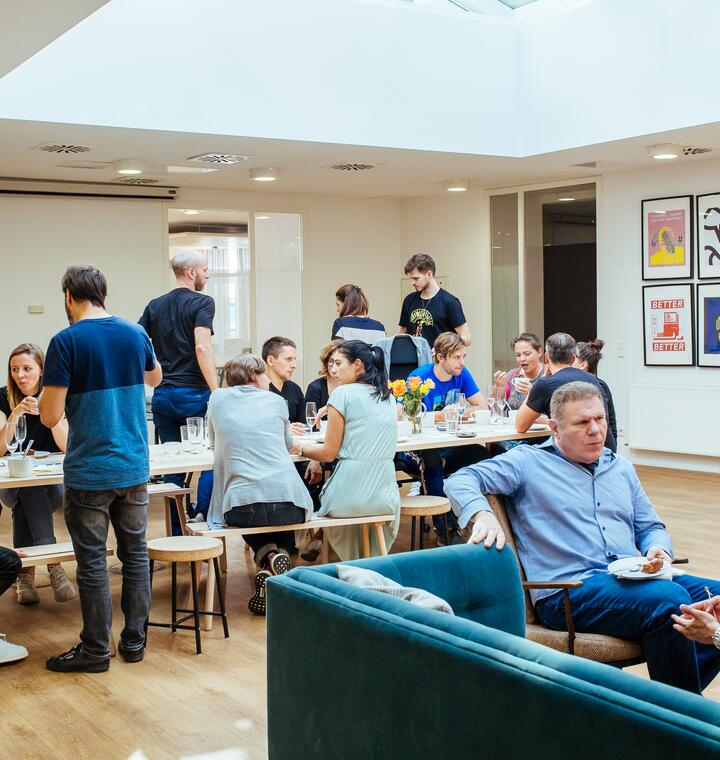5 Principles of next:land: Distributed Authority
Why distribute authority? Overwhelming complexity leads to the huge challenge for organizations to gather, filter and process relevant information for decision-making. Relying on a few people at the top leads to bottlenecks, longer decision-making processes and a higher risk to miss important signals.
next:land organizations are designed for responsiveness to solve complex business challenges in ever-changing environments. Thus, decision-making authority is distributed to the edge: where the decision-making need occurs. The processes build on the assumption of “subjective realities” and therefore don’t focus on right or wrong decisions. They are designed to integrate various perspectives and distribute the authority where the best know-how and decision-making ability reside.
A major distinction is delegated vs. distributed authority. Whereas delegation means the powerholder who delegates still retains the right to overrule any decision at any time (I lend my car to someone, you might use it as long as I allow). Distributed authority means no powerholder can overrule the one’s holding the authority to decide (The car is now yours.)
How this principle shows up in practice
... different levels of decentralized authority:
Level 1: Selected authority decentralized
Decentralizing selected decision-making authorities, such as assignment of leadership roles, professional development, Recruiting, investments within the line or project organization. These approaches typically switch from a cascaded push-logic towards a trust-based self-organization with regards to only selected aspects (often topic or project-related). Often piloted in smaller teams or projects.
Specific methods or examples include:
- Election of leaders by employees (the one who creates followers, is a leader - e.g. Gore, haufe-umantis)
- Partly isolated cells that co-exist with hierarchy, often allowed to follow a different logic (e.g. innovation projects, pilots, prototypes that should do things differently and own the authority to take all decision related to the project within certain guardrails - e.g. development of i3/8 of BMW)
- Powerful, simple guardrails for spending valid for any employee (e.g. “act in Netflix’s best interest” as policy for Expensing, Entertainment, Gifts & Travel)
- Marketplace and pitching for support (internal crowdfunding) for ideas instead of committees of few top- managers, deciding what to follow up on
- Autonomous vacation planning or substitution policies in teams
- Performance-reviews purely based on peer-feedback processes instead of hierarchy
Level 2: Autonomous teams in hierarchy
Good practices: application of proven rule-sets that support movement towards self-organization and autonomous teams, such as Scrum. Often easy to implement and with quick wins in small teams; this approach support pilots and small steps that can be established locally and does not have to wait for a global decision for the entire organization. High effect and good results in these pilots often increase pressure on the whole system and ideas/practices tend to spread.
Challenges are mainly related to the fact that the context in which these autonomous teams are embedded typically operates in a different mindset (such as leadership structures, management systems, compensation, management by objectives). This often increases the tension between autonomous teams and the rest of the organization.
Specific practices or examples:
- Scrum: defined roles and responsibilities (Product Owner, Scrum Master, Dev Team), autonomy and self- organization as guiding principle within the team, decision-making processes (prioritization, commitment to next steps) build on team decisions (Google, Apple, SAP...basically every modern software company)
- Scrum of Scrums (Sync of parallel Scrum teams for larger development projects)
- Semi-autonomous production teams (e.g. Toyota)
Level 3: Agile principles scaled
Good practices: agile principles transcend team and team-of-teams level and are applied to the design of the organization.
Challenges: principles of agile teams (self-organization, autonomy) taken seriously lead at one point to a confrontation with management hierarchy. The biggest challenge is that the context still works with power linked to hierarchy. Navigating and negotiating this boundary (mostly via the Product Owner or Scrum Master) is a core topic.
Specific approaches include: Differentiation of mostly autonomous units (product lines, regional segments), that have a cohesive setup and very little dependency from other units. The boundaries and frame conditions are ideally made explicit via qualitative guardrails such as Purpose/Vision and quantitative expectations (metrics). The way to achieve these objectives is in full ownership of the autonomous part. Formats for know-how and best-practice exchange (e.g. Communities of Practice/Interest…) are required to foster alignment and encourage learning across autonomous cells.
Scaled Agile is a specific method, company examples include Spotify, Valve or Gore.
Level 4: Management hierarchy replaced
Good Practice: from people and power-hierarchy to a purpose hierarchy and decisions based on consent (taken as soon as there is no objection against it). Cells or circles (small units) are coupled in a super-unit with double-linking to ensure different channels for top-down and bottom-up, dissolve the sandwich life and eliminate dependency from single superiors.
Practices and examples include:
- Sociocracy (GEA - Waldviertler Schumanufaktur, Dark Horse…) - decision-making based on consent, double-linking of circles, but challenges are still related to personal power holding so that social relations can impact decision-making processes (not a full role-soul distinction)
- Holacracy (Arca, Zappos, T-Systems, Swisscom, Springest…) - this is by now the most radical approach to distribute authority via a clear rule-set that draws a distinction between people and roles. Authority resides with the process and roles only and it can be changed at any time by anyone sensing a tension in the organization via a specified integrative decision-making process. All members of the organization are bound by the rules of a constitution, no one is above the law any longer.

